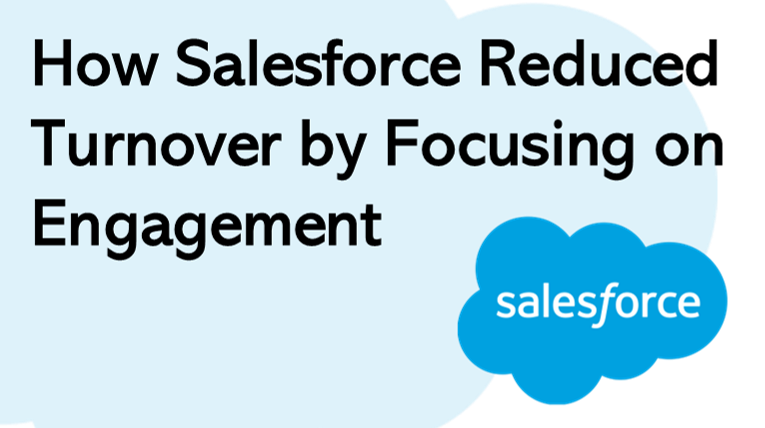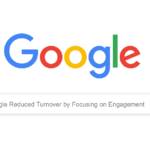
Welcome back to our ongoing series on Employee Engagement. If you’ve been wondering how the theory translates into practice, today’s post is for you. We’re delving into an authentic case study demonstrating employee engagement’s tangible benefits. Salesforce, a global leader in CRM software, has drastically reduced its turnover rate by focusing on engagement. Let’s unpack how they did it.
The Challenge: Retaining Talent in a Competitive Market
Operating in the highly competitive tech industry, Salesforce recognized the essential role of employee engagement in retaining top talent. While the company had always been forward-thinking in its approach to HR, it sought to take this to a new level to address the competitive challenges in attracting and retaining skilled professionals.
Strategy: Building a Culture of Engagement
Salesforce did not merely focus on competitive salaries and benefits. They went beyond, aiming to create an organizational culture that fosters engagement at every level. Employees can align their personal goals with the company’s objectives through regular “V2MOM” (Vision, Values, Methods, Obstacles, Measures) sessions.
Ohana Culture: Making Employees Feel Like Family
One of Salesforce’s distinctive approaches is its “Ohana” culture, which means “family” in Hawaiian. Salesforce extends this familial concept to all stakeholders, including employees, customers, and the community. They facilitate open dialogues, support employee well-being, and offer numerous growth opportunities.
Tangible Results: The Numbers Speak
Salesforce has repeatedly been ranked as one of the “Best Places to Work,” its turnover rates are significantly lower than the industry average. More engaged employees have led to higher productivity and, ultimately, more satisfied customers.
Lessons Learned: Key Takeaways
- Alignment: Ensure employees’ personal and professional goals align with the company’s vision.
- Culture: Make engagement part of the company culture, not just an HR initiative.
- Measurement: Regularly measure engagement levels to understand the impact of any implemented changes and identify improvement areas.
Conclusion and Call to Action
Salesforce’s success story is a compelling case for why engagement should be a focal point for organizations. If a company as large and complex as Salesforce can benefit from fostering employee engagement, so can yours.
Eager to reduce turnover and boost engagement in your organization? Let’s connect and explore strategies tailored for you.
#CaseStudy #EmployeeEngagement #ReducedTurnover #Salesforce #HRStrategy
If you’ve found value in this post, please share and stay tuned for more real-world case studies and actionable insights.

 0
0 
